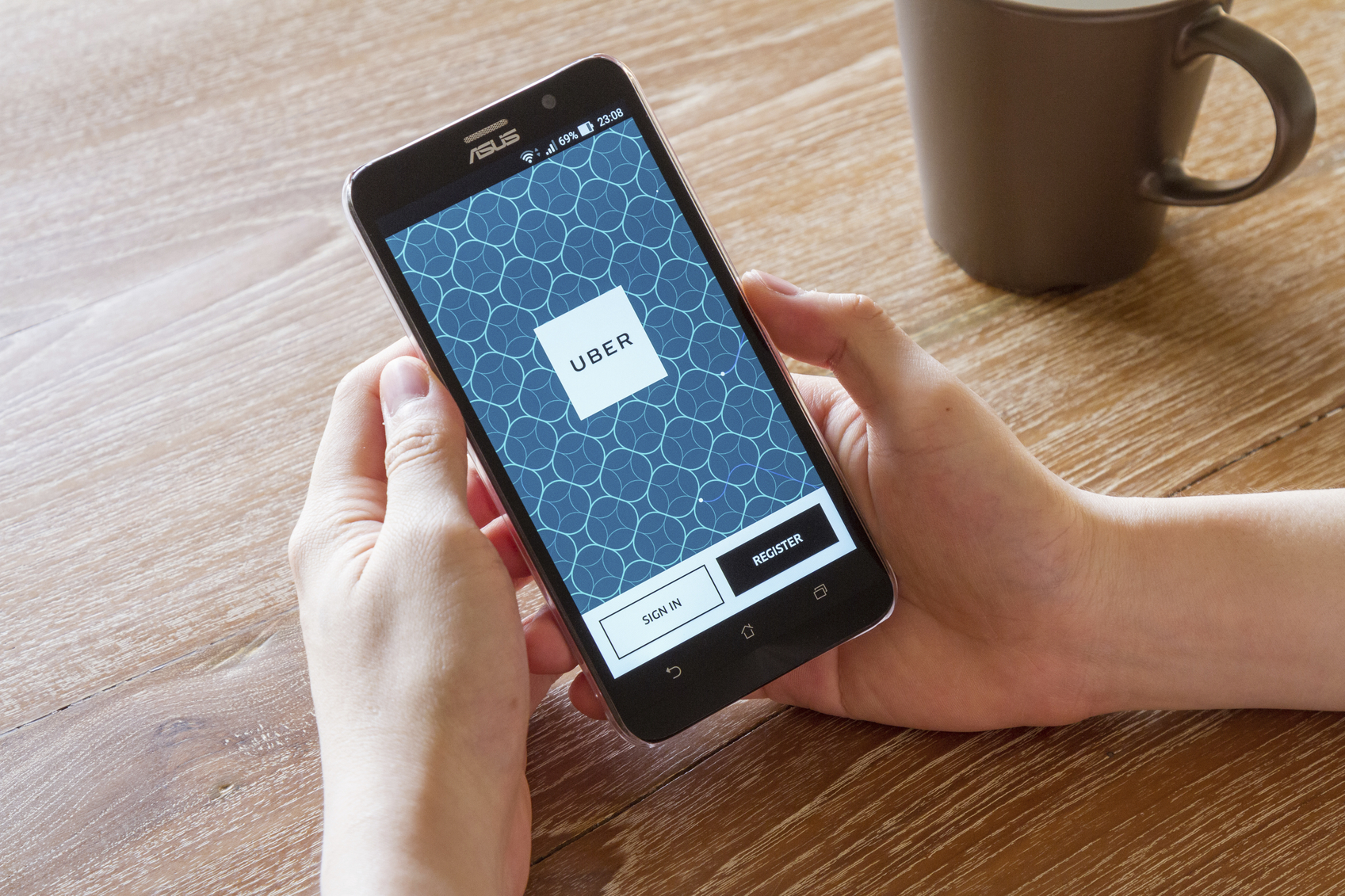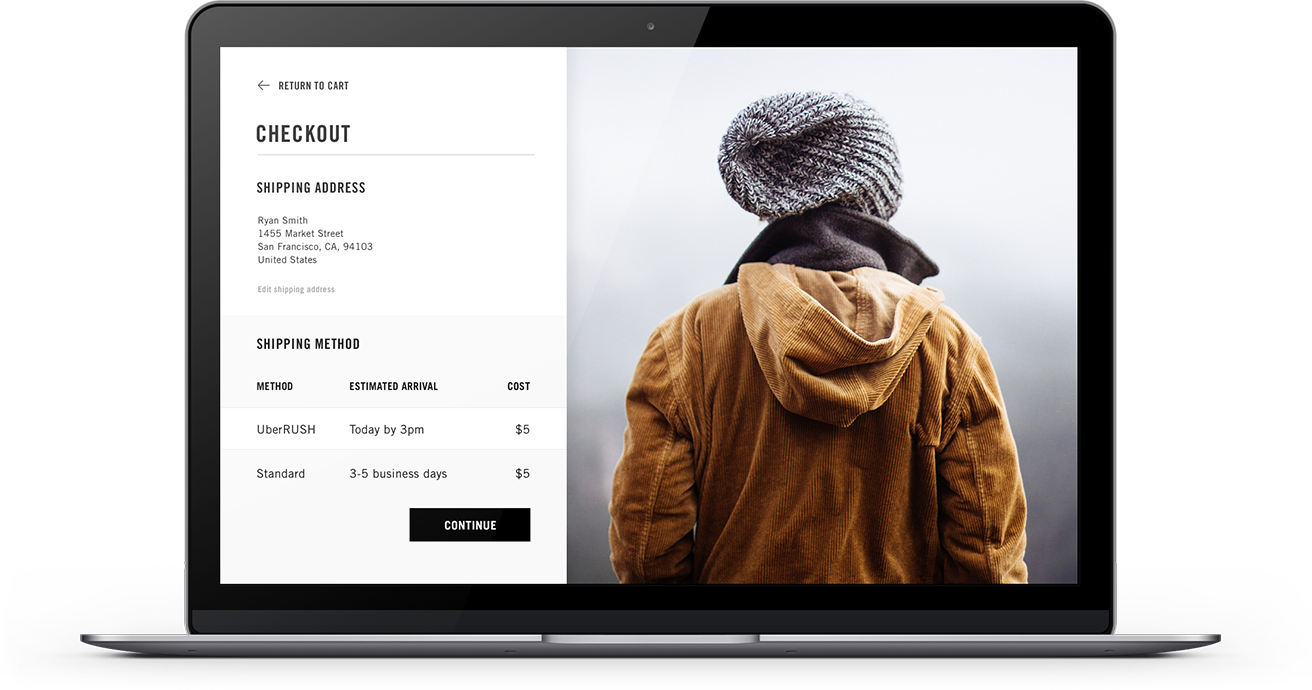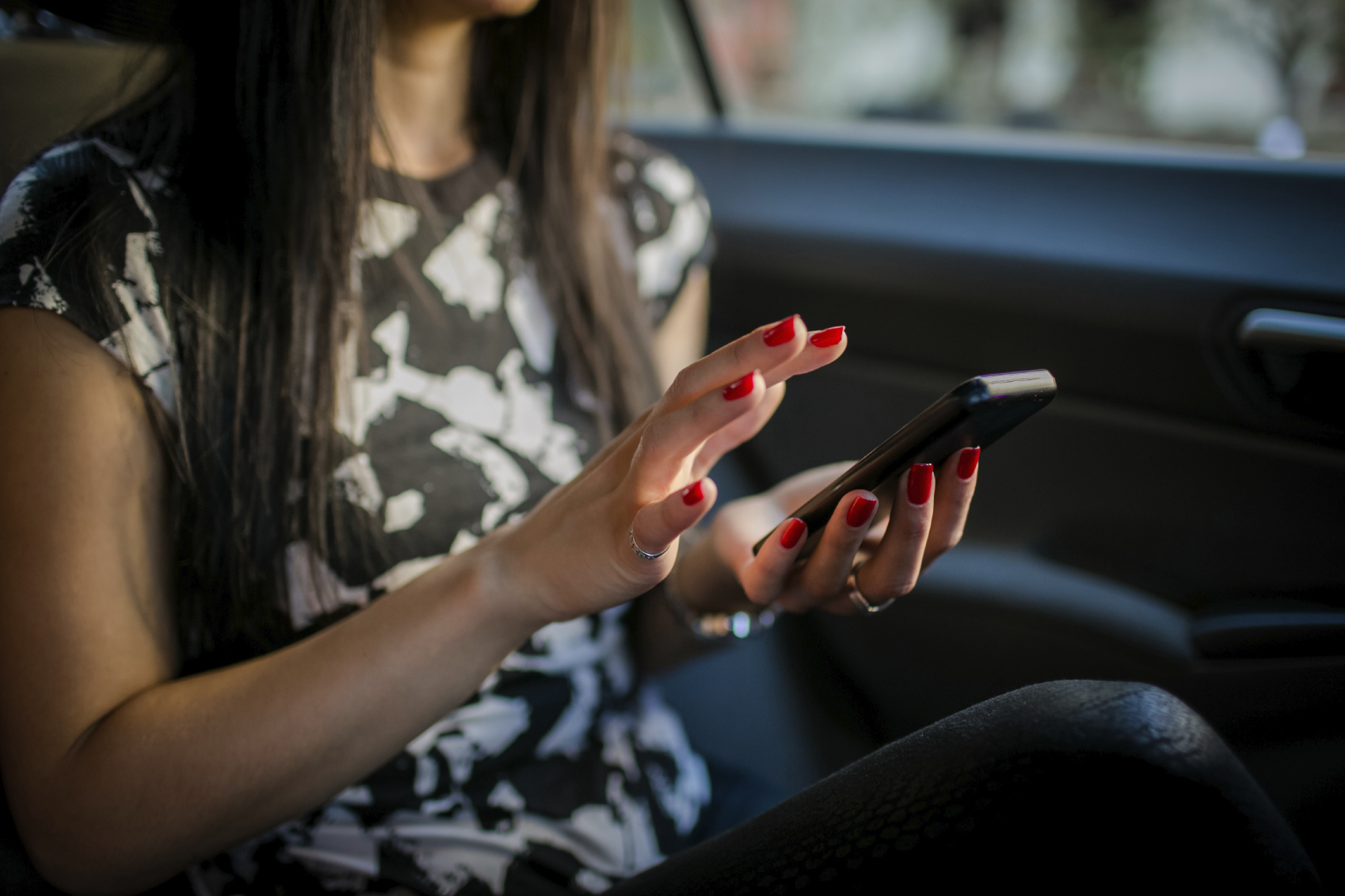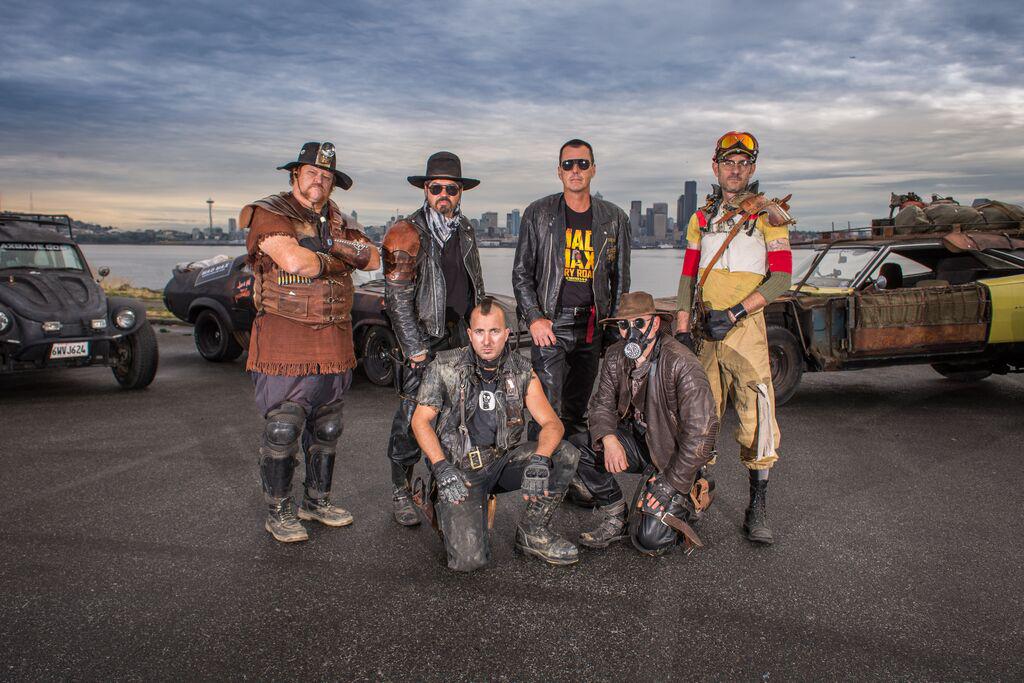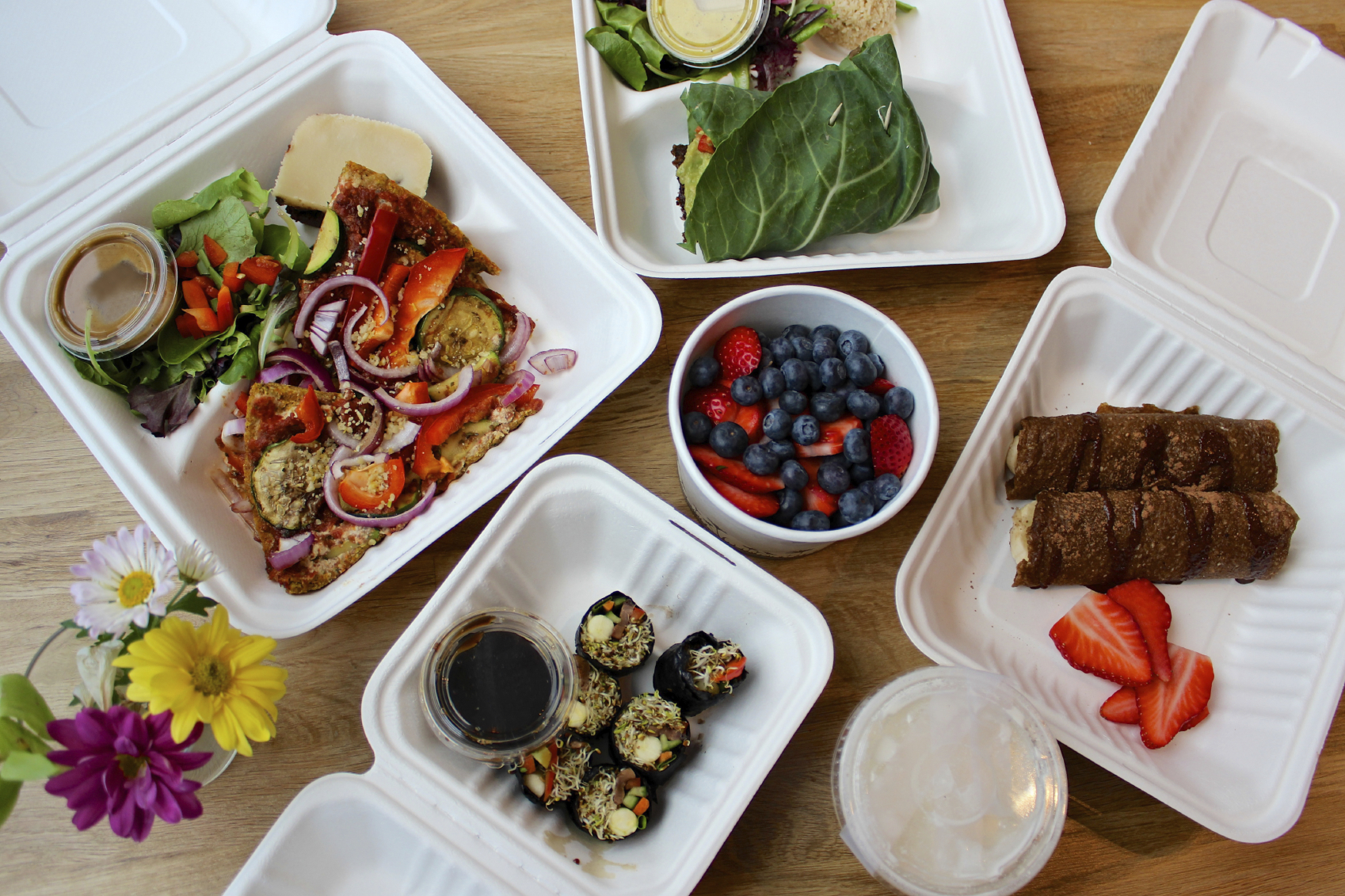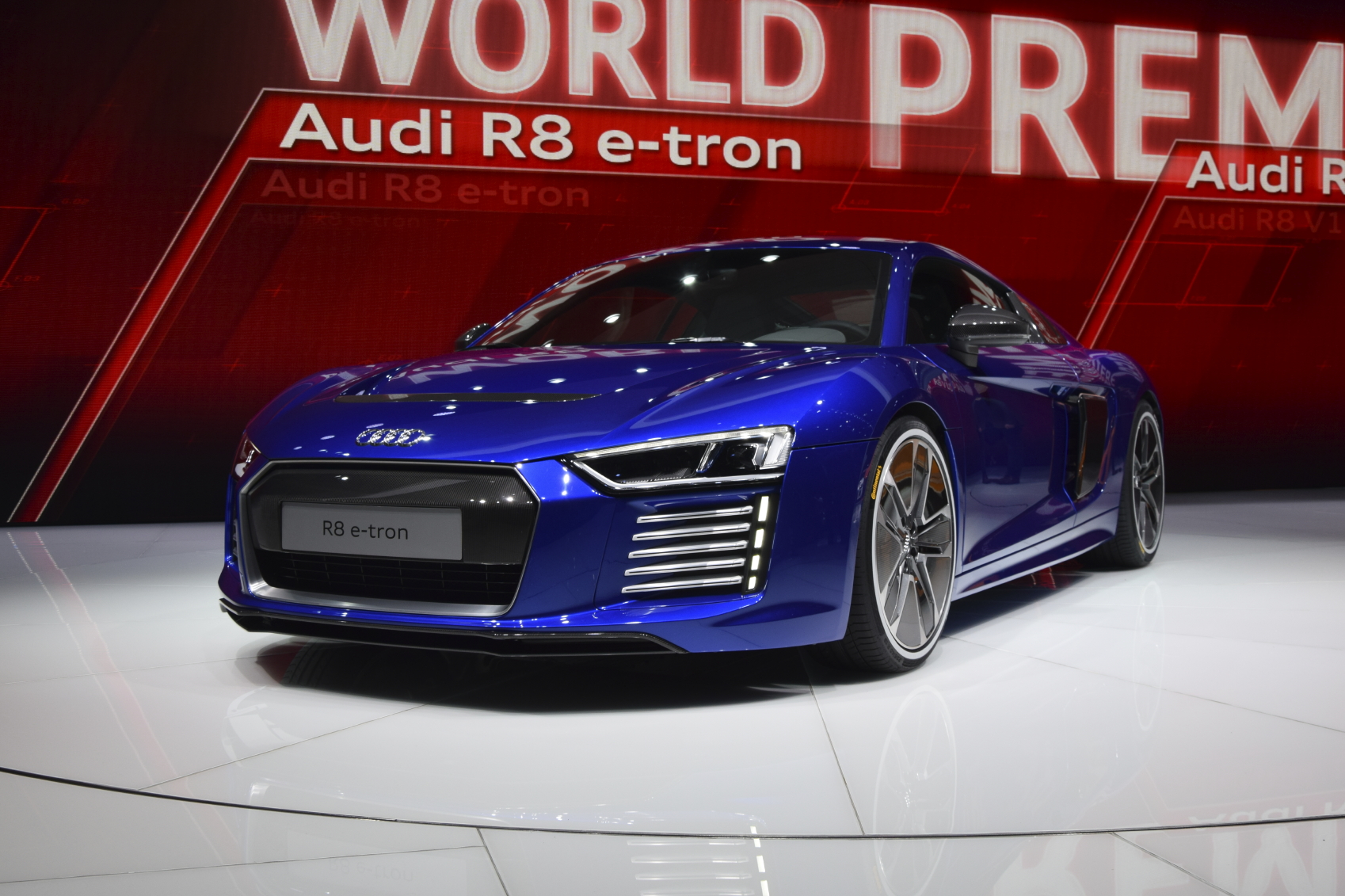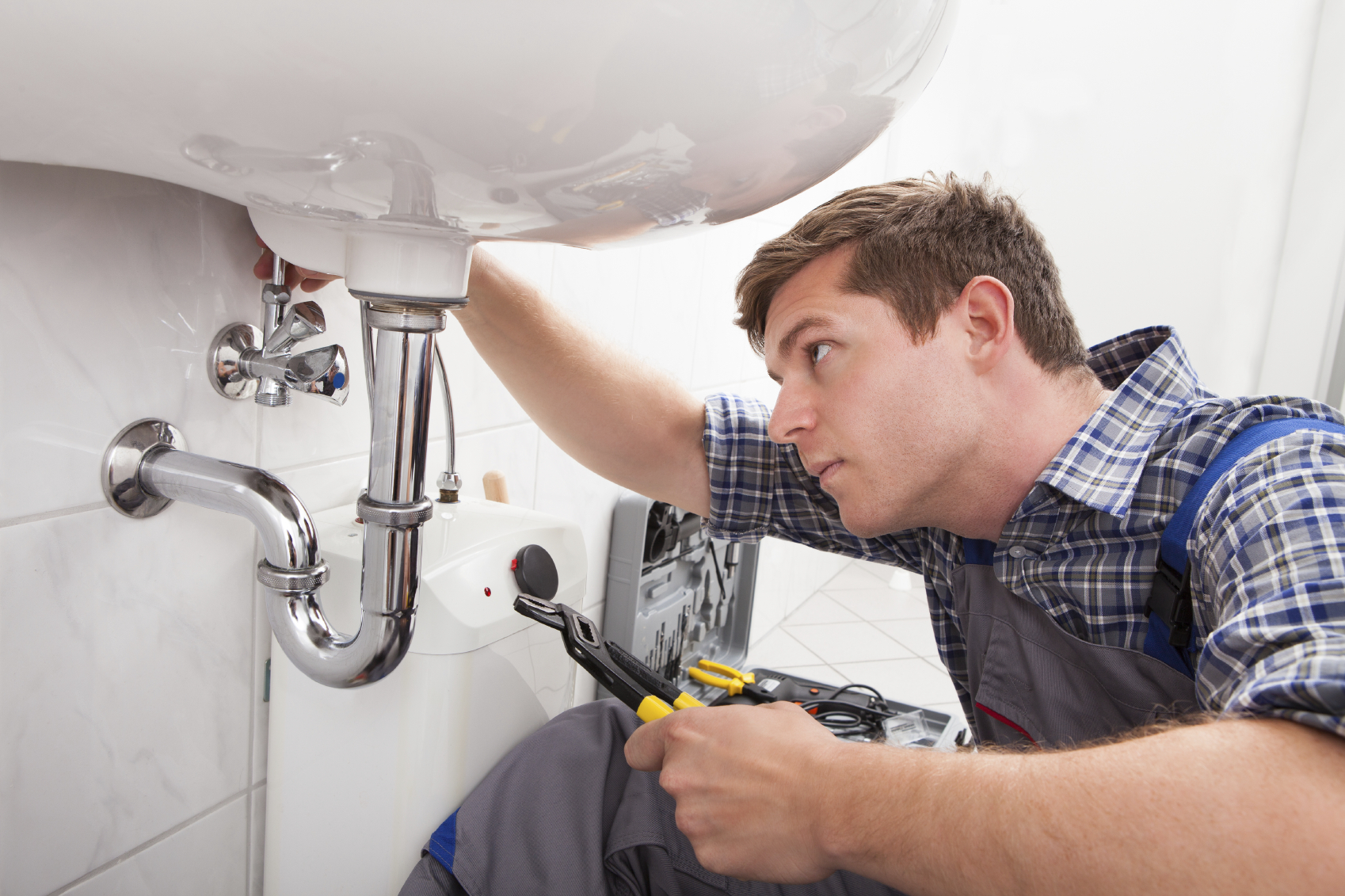What Happened
Uber has introduced a new way for brands to reach the growing number of Uber drivers around the world. With the release of Driver API, developers can now better tailor their apps and services for Uber’s 1.5 million and counting drivers. Sears, for example, is rewarding Uber drivers with loyalty points every time they complete a ride so as to incentivize them to shop at Sears locations.
What Brands Should Do
Driver API offers a way for brands to work with developers to tap into driver profiles and trip data and create new apps and services to connect with Uber drivers – a primarily male, multicultural demographic. As Uber continues to grow on a global scale, brands interested in reaching this consumer segment should leverage this API to reach them and integrate their brand into their day-to-day work.
Source: Uber Developer on Medium
